The Philippines boasts of being the only Christian nation in Asia. Filipino Catholics make up 80 percent of the population while evangelicals make up another 3 percent.
The country’s large Christian population today is the result of 300 years of Spanish rule, which brought Catholicism to the Philippine archipelago. Then the United States colonized the Philippines for about 50 years until 1946. During this time, Americans introduced a universal education system, the English language, and Protestantism.
As a result, American evangelicalism has an outsized influence on the Filipino church today. From churches’ adoption of English-language Bibles and Hillsong worship songs to the embrace of US-based Christian NGOs working in the country’s urban slums and rural areas, Filipino evangelicals often look to their American counterparts to understand their relation to God.
CT interviewed five Filipino Christian pastors and ministry leaders in the Philippines and its diaspora to examine how American evangelicalism has shaped their view of politics, liturgy, culture, and gender, as well as what living under the painful reality of their country’s colonial past is like as a Filipino believer. (Answers have been edited and shortened for clarity.)
The brand of Christianity in the Philippines is American. It has a long, deep root in our country. This is why I almost cannot distinguish what is culturally and theologically American or Filipino.
I studied in the Febias College of Bible, which American G.I.s founded in the 1940s and led until the ’70s. The church I grew up in was influenced by Americans who were pragmatic and democratic. Our church polity was patterned after that kind of government.
We are used to debating with one another in the church. Each individual is given equal rights to express his or her opinion on a given topic before arriving at a decision. It is very American. Meanwhile, the indigenous way of determining the will of Bathala—the highest god in Philippine mythology—involves slaughtering a chicken to see what the color of the liver is to know if he says yes or no.
My church’s liturgical practices are very American. We have Scripture reading, prayer, singing, and preaching in that order. Lately, we’ve become more contemporary—by singing Hillsong songs and the like—but once a month, we use Tagalog praise songs during the service.
Our American brothers taught us to approach, study, and teach the Bible. We are very grateful for that. Now, we can expound on the Word of God and exegete the Bible and apply it to our lives.
Sadly, however, American evangelicalism has erased ethnic culture, particularly in Antipolo and Baguio in Central and Northern Luzon respectively. Their traditional dances were totally erased because American culture labeled them as animist. They were used for spirit worship, so the missionaries decided they must be discarded as evil.
I am hopeful that we will have our own brand of evangelicalism as some Filipino theologians are working on contextualizing the faith. Although some of them are called “compromisers” for adapting theology to our culture, they believe that there is a huge gap between American culture and Filipino culture and that the Bible becomes effective when it speaks to our context.
I studied at Dallas Theological Seminary and Southwest Baptist Theological Seminary. Everything I learned was impacted by American evangelicalism. The way I think about theology is most likely shaped by it because I studied there.
There are some lessons that can be learned from American Christianity. But there are other lessons that cannot be applied into our cultural context. At our church, we preach in English because that’s what some congregants of the church prefer. But we are not tied to it since we also adjust to conversational Filipino when we preach. In all aspects of ministry, the main question is, “Will it fit the culture in the Philippines?”
Some people follow American authors and theologians with the tendency to idolize them without going to the Scriptures themselves. We need to be wise, to listen, to critique, and to evaluate their teaching and get principles that are applicable to us. Let us filter what is biblical and discern the cultural influences that may be at play.
American missionaries have very good intentions, but they are not aware that they are imposing American culture here. They need to be discerning as well. It’s best for missionaries to teach principles that Filipino churches can use in their context instead of handing out materials that are not really applicable in our context.
As church leaders, we need to know what God wants us to do. We need to ask the Holy Spirit for guidance. The first resource that we must be looking at is Scripture. God has a purpose for every local church. The success of the church is not dependent on the number of people or how wealthy the church is. The church that is successful is one that does what God wants them to do in their local context.
We see the effects of American evangelicalism in the lives of Iraya Mangyans, an indigenous group in Mindoro. Overseas Missionary Fellowship (OMF) was one of the earliest missions to Christianize the Filipinos. They introduced Christian beliefs to the animist Mangyans, bringing with them their American cultural beliefs and practices and integrating them into the Philippines.
American missionaries did not focus on doctrine but focused instead on uplifting the Mangyans’ well-being and enriching their quality of life. They did this to gain the trust of indigenous peoples.
At the time, indigenous peoples were being looked down on by Tagalog lowland counterparts who were trying to abuse, harass, and belittle them. The missionaries wanted them to receive an education and the knowledge of how to make a living. They also taught them about spirituality, religion, and the Lord.
These evangelistic efforts have caused a transformation in the Mangyans’ lives. The children started to go to school and learned how to speak English instead of working in kaingin (a process of burning trees for cultivation purposes) and the rice fields.
But this comes at a cost. Young Mangyans have assimilated into this Western culture which has educated them. How can elders preserve their culture when the youth leave for decent jobs to earn a living? How does one preserve culture without also jeopardizing or forgetting Christian teachings?
To this day, there is still the borrowing of cultures in the Philippines. We sing English hymns from the West. We have ordinances borrowed from American evangelicals, such as holding communion in our church every first Sunday of the month. We also emphasize missions by remembering the work of missionaries every third Sunday and allot specific offerings for mission work.
But Filipinos still need to find ways to make church more Filipino so that they can resonate with it more. For instance, evangelical missions organization SEND International invited local Filipino church leaders to translate a hymnal so that they can worship in their mother tongue.
My grandparents from both sides of the family were the first Protestant converts in Bohol. They were baptized by a missionary who was also a medical doctor and established a hospital. Evangelicals set up schools and hospitals. They even started Silliman University as a school for boys, where I later taught.
American evangelicalism is deeply rooted here in the Philippines because of well-meaning missionaries who came not with the sword but with guns and the Bible. In my opinion, they were aware of the United States’ colonialist project, but were unaware that they were acting as tools of the state.
American evangelicalism shows up in how Filipino Christians think about the death of Jesus on the cross. The West introduced us to the prosperity gospel, and whether or not we subscribe to it, this has caused us to become self-centered. It makes us myopic in terms of looking at our country’s situation. But Christ was crucified because it was the consequence of his ministry. He did not run away from the risk. This is crucial in our Christology because we have a responsibility for social justice.
Another negative influence of American evangelicalism is the theological thinking about women. Most evangelical churches in the Philippines do not not give women leadership roles. There is a stereotype of women in the church: they clean, decorate, cook. They can teach at Sunday school and sing in the choir. Although they are present in the church council, they are hardly elected as chairs. We have to empower women to think and connect with Jesus’s teachings in the gospels.
It is good that women are given a place in the Filipino church when they take up the role of Martha, whether it is in cooking, cleaning, or being hospitable. But I hope that the Martha and Mary inside each woman is balanced. I hope to see women who preach and women who focus on motherhood. After all, in the wedding in Cana, the disciples do not see that Mary is the one who draws out the gift of Jesus turning water into wine.
The American way of Christianity, first with mainline Protestantism and the modernist and fundamentalist split in the United States, spread to the Philippines. American theologies in the late 1800s and early 1900s, influenced by dispensationalism, were taught to many Filipino evangelicals. They hold certain beliefs about Israel, the end times, and the role of the United States in world history.
American evangelical churches have shaped a lot of Filipino evangelical Christians to embrace both evangelicalism and Americanism at the same time. The colonial mentality is very present in their loyalty to America. It manifests in who pastors trust. It’s normal for Filipino evangelicals throughout the diaspora to view well-known white American pastors as the standard, whether it’s John McArthur or John Piper. To challenge them seems unthinkable.
Out of all Asian Americans, Filipino Americans had the second highest level of support for Donald Trump. This has caused many problems in our churches, especially for young Filipino Americans who want to support Black Lives Matter or rights for immigrants and refugees. This causes white progressivism to disciple younger people, urging them to embrace critical perspectives without a desire for Christian faithfulness. But we need people who are able to take an informed and critical perspective from within the Filipino community of faith with genuine love and care for the congregation.
Meanwhile, many first-generation Filipinos came to the United States through labor migration or their service to the US Navy and feel a sense of utang na loob (a debt of one’s inner self) to the country. Many escaped martial law in the Philippines, and that has shaped their desire to be a part of a more free electoral process. Many Filipinos who have lived in America for the past 40 years have assimilated out of necessity. It is a threat to talk about decolonizing because you are asking them to challenge the very currents and forces that enable them to enjoy a better standard of living. We view decolonizing as the opposite of faithfulness. But the Christian faith needs to be nuanced.
We have to appreciate the faith of our elders even though we disagree with their positions. We recognize the damage done by colonialism and the struggle of reconnecting to our ancestors. Yet, there is so much about the beauty of our culture and our identity, even in the diaspora, that remains alive through our families.
To unlock this article for your friends, use any of the social share buttons on our site, or simply copy the link below.
To share this article with your friends, use any of the social share buttons on our site, or simply copy the link below.
source



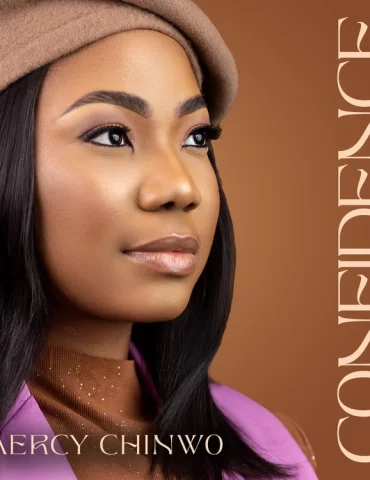


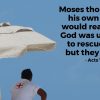
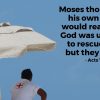

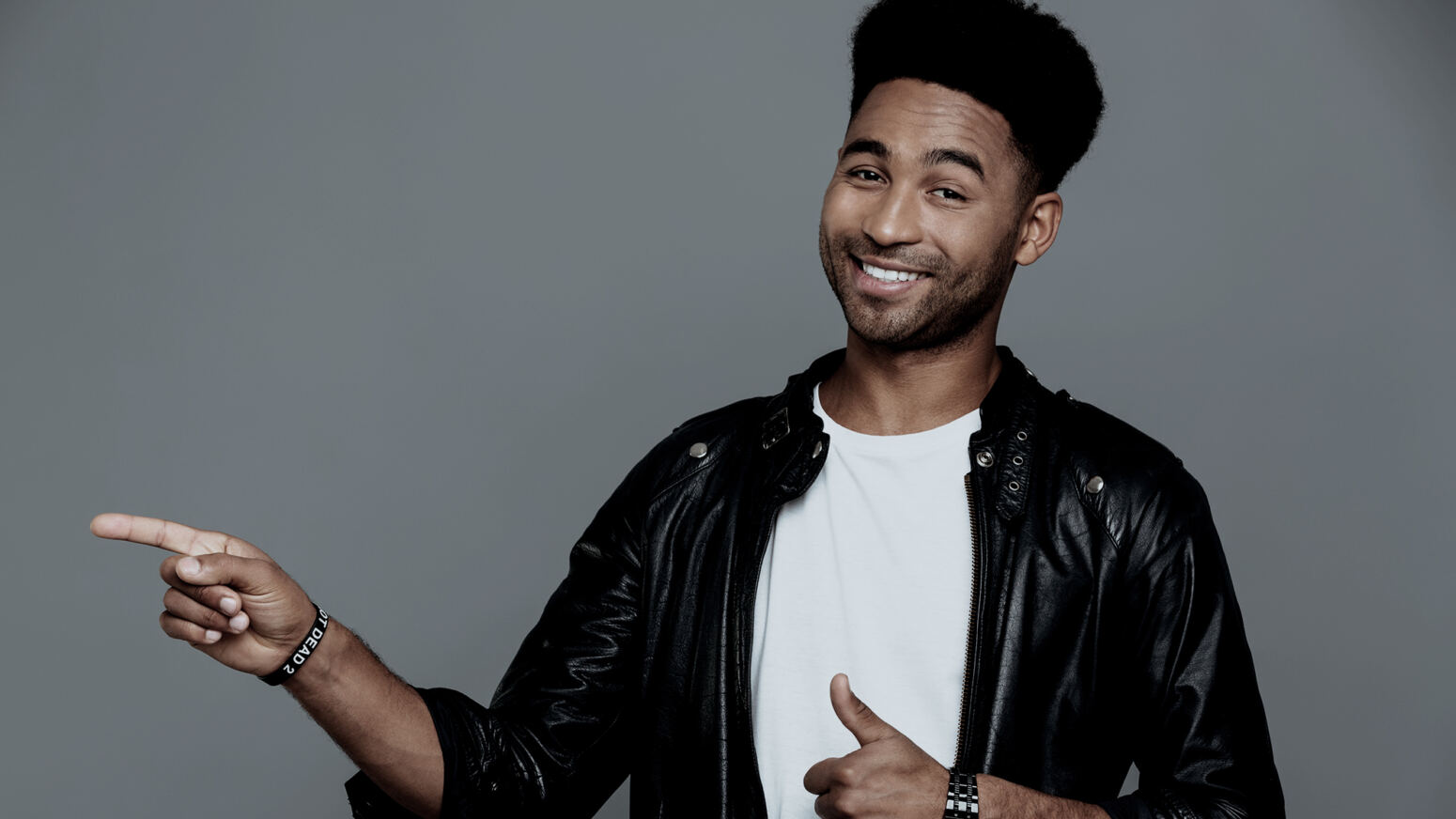


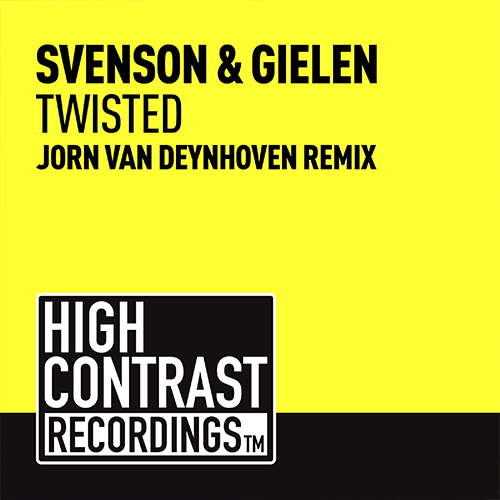

Post comments (0)